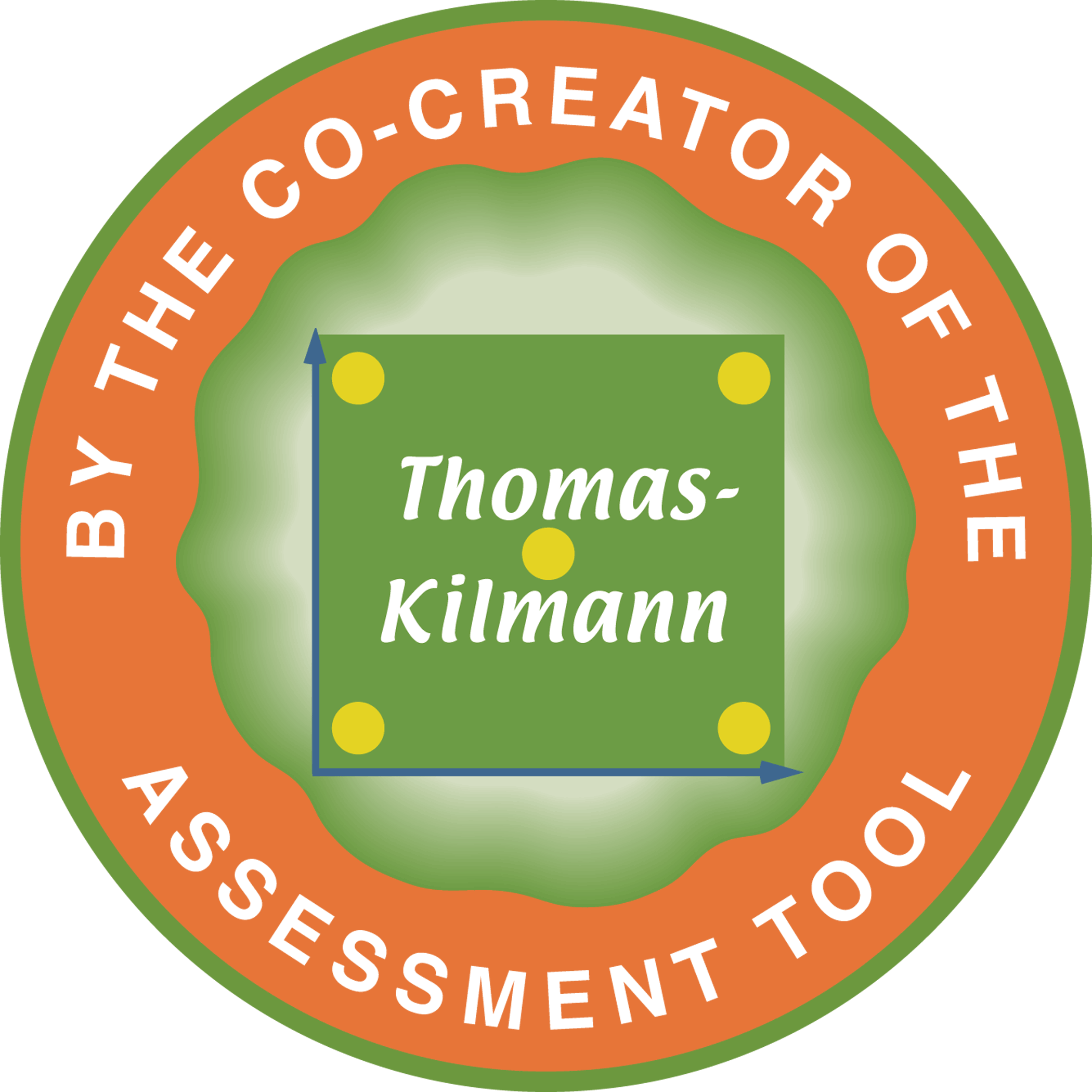07 Jun The Validity of an Assessment Tool Itself Versus the Validity of Administering It and Interpreting Its Results
Ralph H. Kilmann, co-author of the Thomas-Kilmann Instrument (TKI)
It seems so natural to focus on specific people (with our five senses) rather than give the necessary emphasis to the larger surrounding systems (the big-picture intuition that grasps the context and the process for managing change).
Along these lines, I have often found that people focus on the assessment tool itself (such as the TKI, MBTI, DiSC, etc.) rather than improving the process that first identifies the need for an assessment tool, introduces the assessment to a person or an audience, creates the atmosphere for encouraging participants to take that assessment tool accurately and honestly, helps people interpret their results in an effective manner, and then encourages people to make good use of what they learn—back at work or at home.

In my experience, the tangible assessment tool (the paper booklet or the online version) represents “the specific technique,” which is about 10% of the “whole technology” for bringing about awareness and effective action (the entire process, from beginning to end, for effectively using the technique with people in an organizational or other context). All those process steps constitute the other 90% of what enables people to actually learn from an assessment tool and then implement what they learn in some other social context.
Indeed, there can be a very valid assessment tool, but the manner in which it is introduced and used does not result in effective learning and action. But there can also be a less validated tool, but the way it is presented, discussed, and used in an organization can still result in significant improvements in people lives.
Naturally, I am all for valid assessments…thus making sure that we provide the best of what can be done with that 10% of the whole technology. But we must also make sure to learn how to manage the intangibles of using assessments…the other 90%.
Just by the numbers, I would suggest we have probably focused too much on developing and validating assessment tools relative to developing a valid and engaging process for making use of assessments with people and organizations. Or, at a minimum, we find ourselves focusing on understanding the technique per se and we don’t spend our time documenting the many subtle ways we have found that best serve the implementation of that technique: the critical success factors that are beyond the technique. The assessment might be “standardized,” but the intangible process for using it may not be receiving much discussion or attention.
Maybe it’s time to focus on the intangibles so we get the most out of any assessment tool!
Kilmann Diagnostics offers a series of eleven recorded online courses and nine assessment tools on the four timeless topics: conflict management, change management, consciousness, and transformation. By taking these courses and passing the Final Exams, you can earn your Certification in Conflict and Change Management with the Thomas-Kilmann Instrument (TKI). For the most up-to-date and comprehensive discussion of Dr. Kilmann’s theories and methods, see his 2021 Legacy Book: Creating a Quantum Organization: The Whys & Hows of Implementing Eight Tracks for Long-term success.





